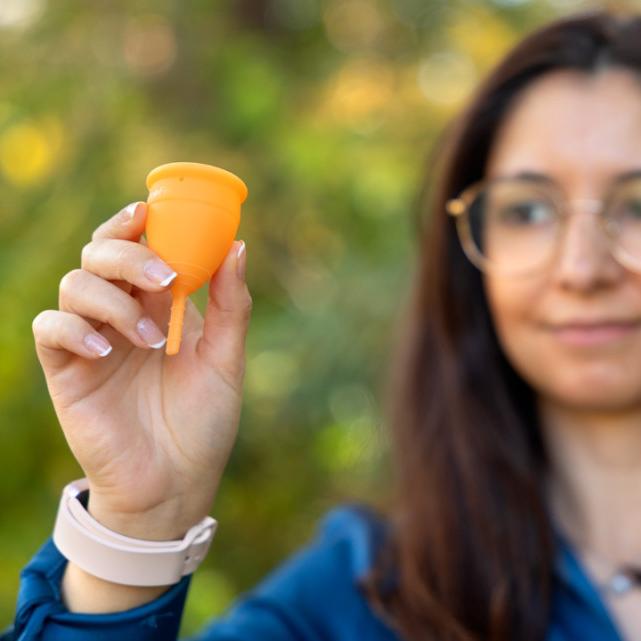
 Department Homepage
Department Homepage
The spacecraft that found for the first time where life could exist now
Jonathan Lunine, the David C. Duncan Professor in the Physical Sciences and director of Cornell Center for Astrophysics and Planetary Science at Cornell University, writes in this Washington Post opinion piece about his work as a scientist on the Cassini mission for the past 27 years.



